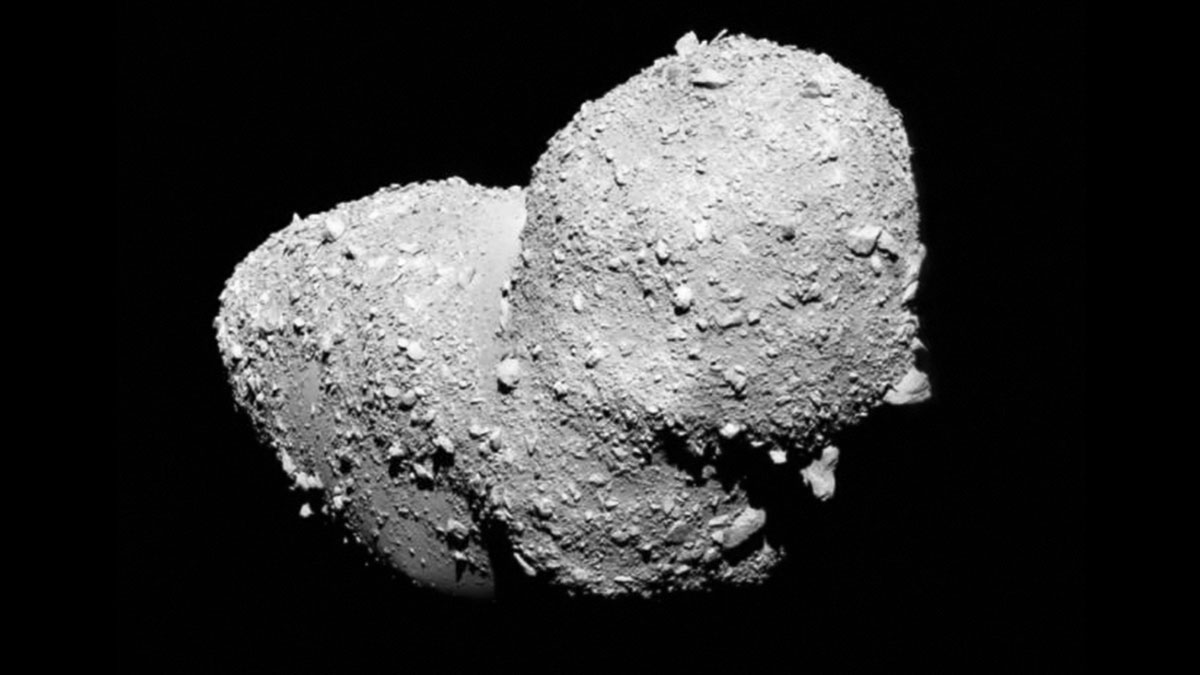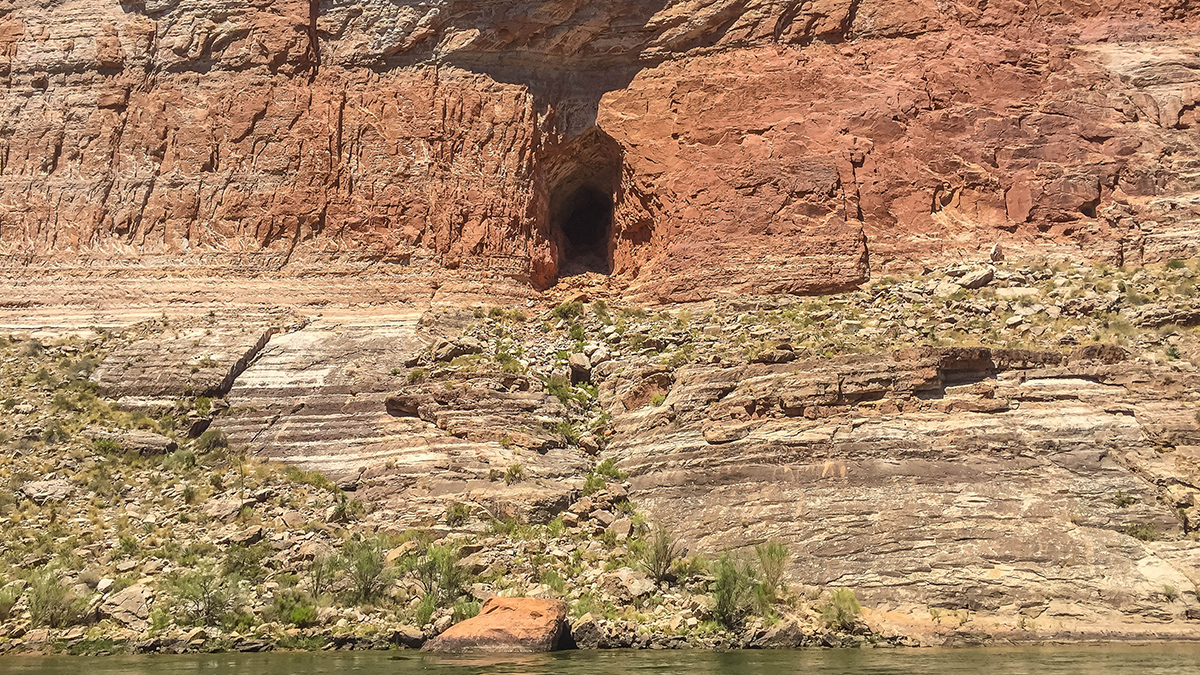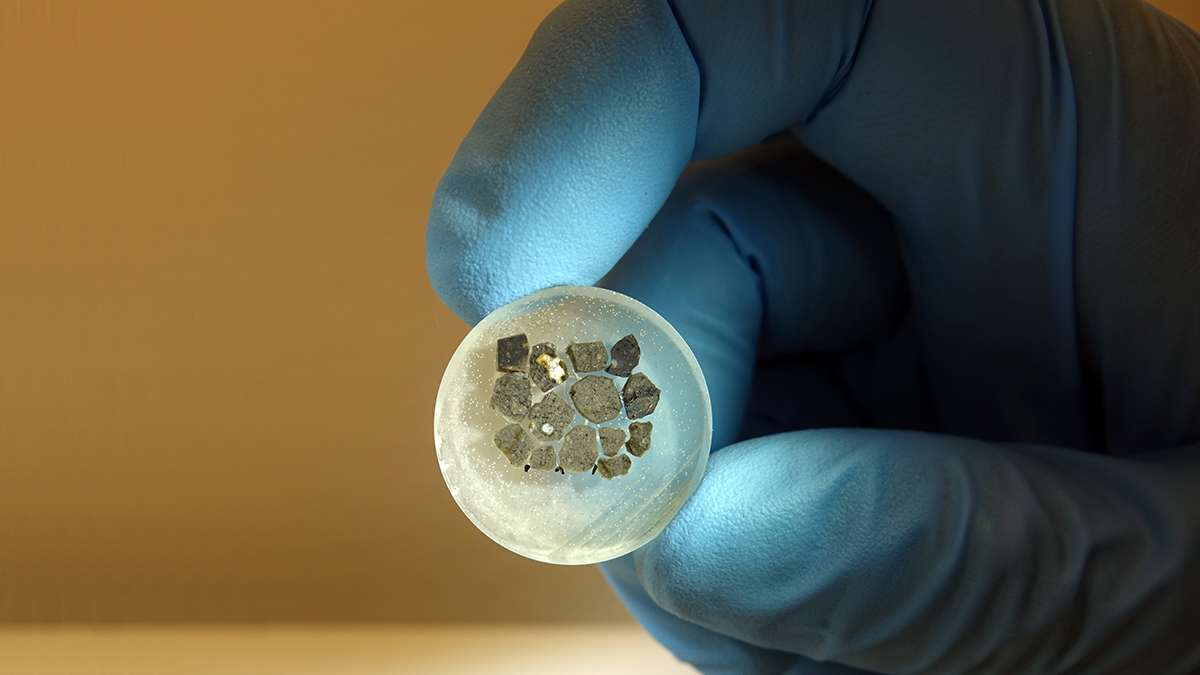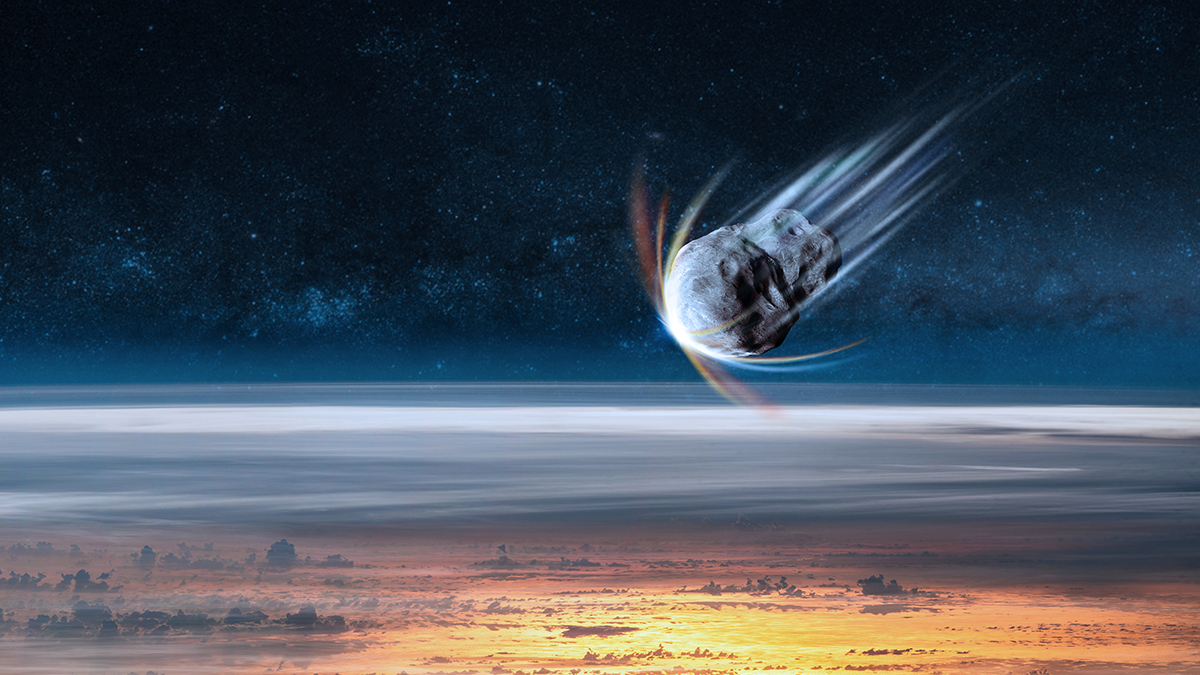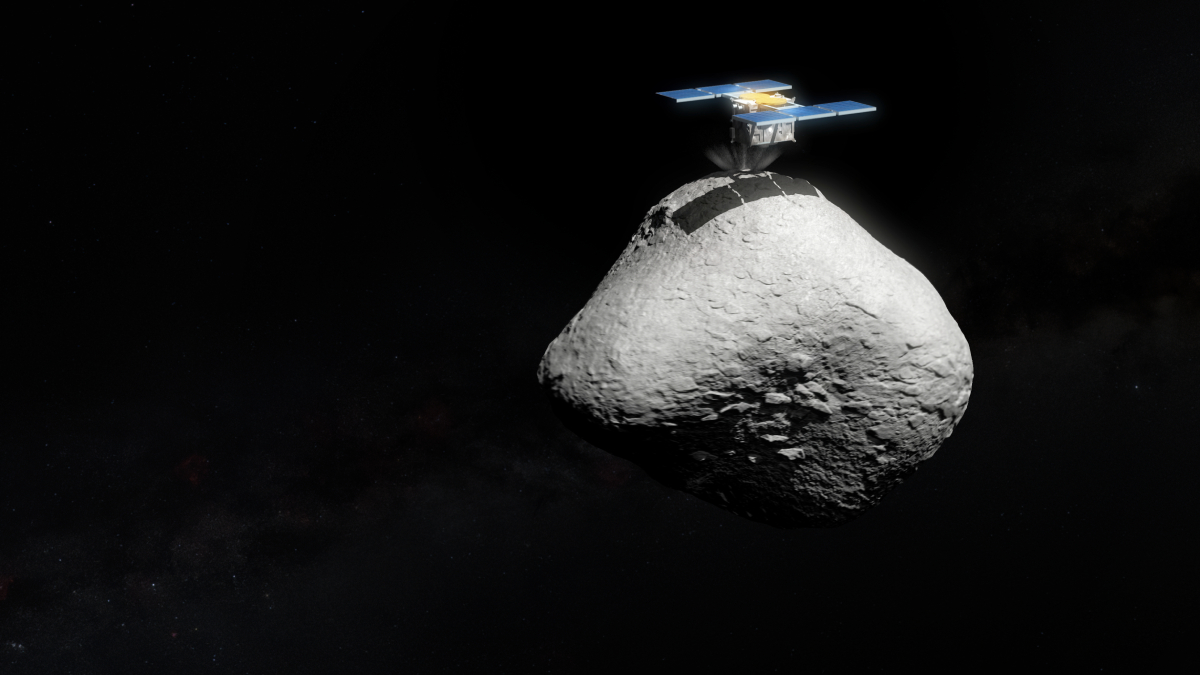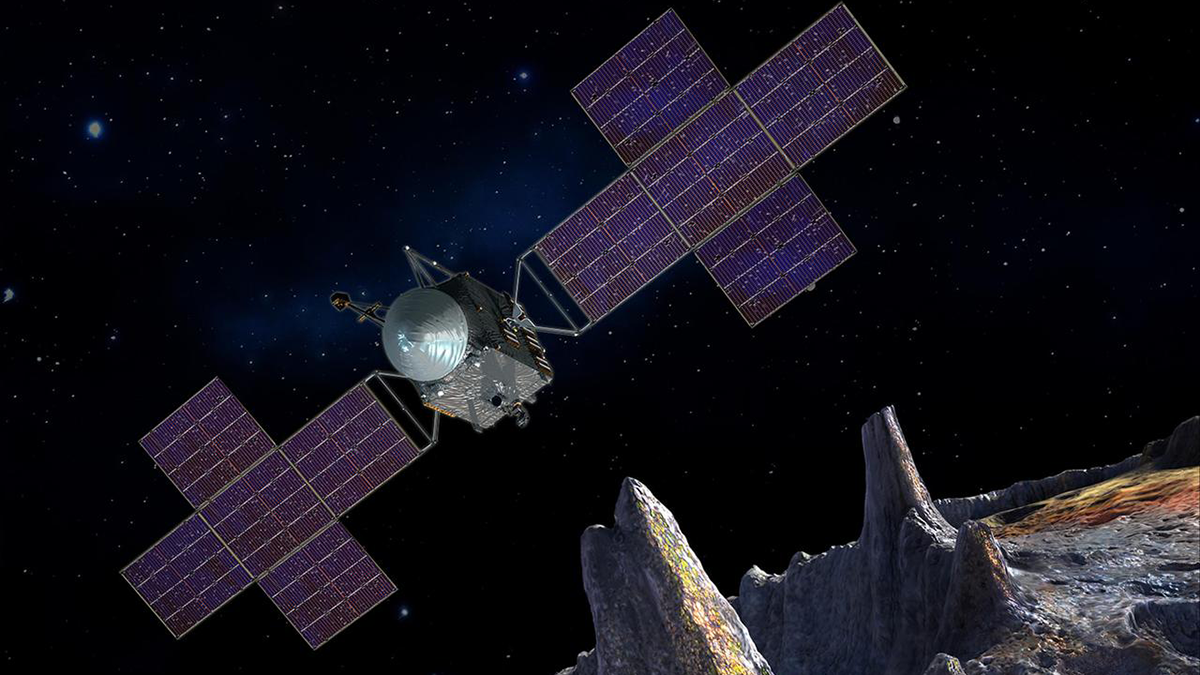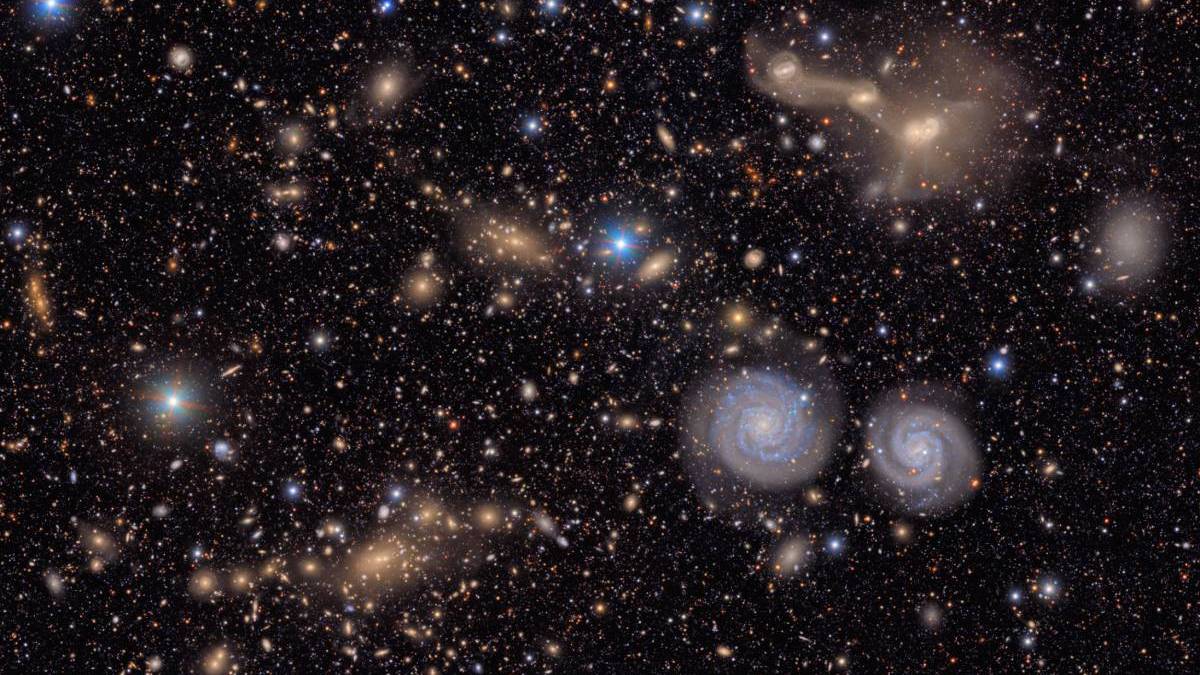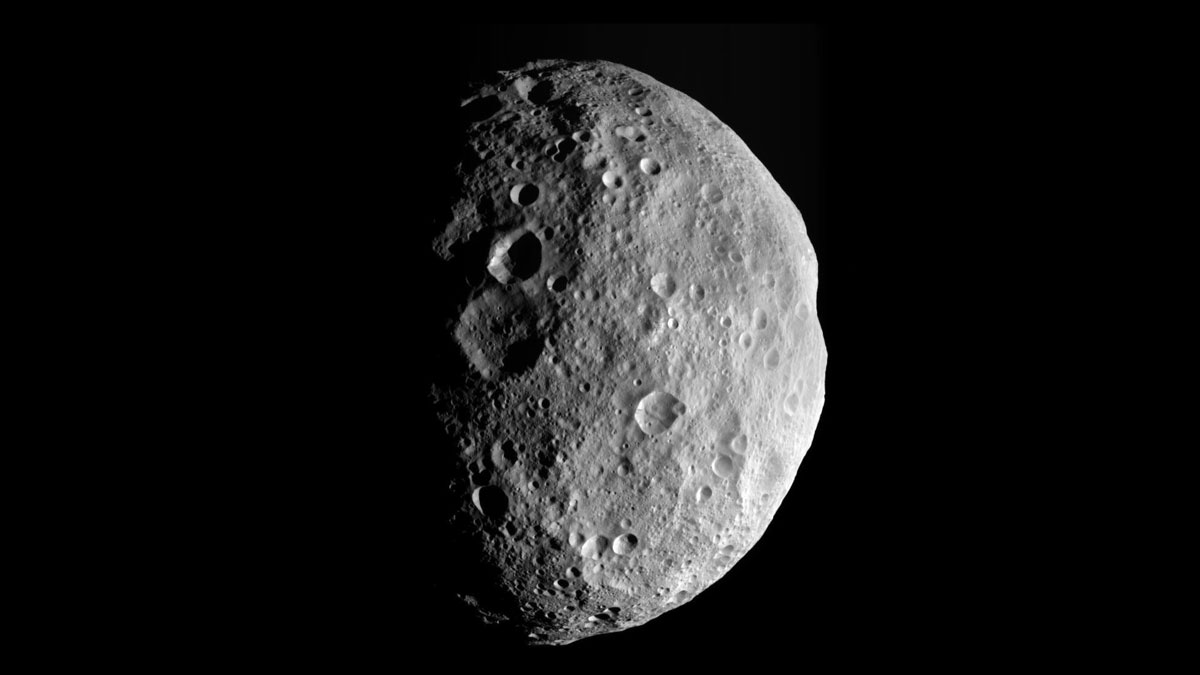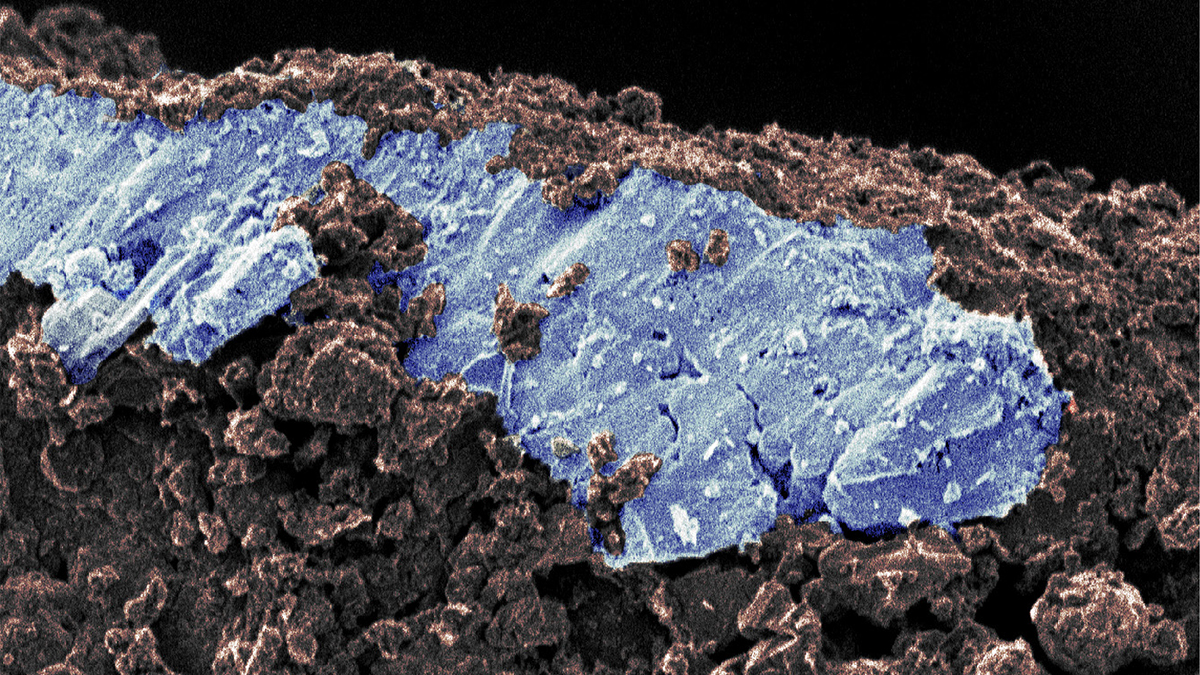Data from the Gaia space observatory reveal that many slowly spinning asteroids rotate chaotically. A new theory links that chaos to their inner structure and history.
asteroids
An Asteroid Impact May Have Led to Flooding near the Grand Canyon
There’s remarkable synchronicity between the timing of a paleolake in what is today Grand Canyon National Park and the formation of nearby Barringer Meteorite Crater.
A Flash, a Boom, a New Microbe Habitat
After an asteroid struck Finland long ago, microscopic life colonized the impact site within a few million years, new research reveals.
Submerged Crater near Europe Tied to an Impact
New subsurface imaging and rock samples suggest that Silverpit Crater formed from an impact that occurred roughly 45 million years ago.
Hayabusa2’s Final Target is 3 Times Smaller Than We Thought
It also spins twice as fast as previous estimates suggested. A spacecraft touchdown will be challenging, but not impossible.
Are There Metal Volcanoes on Asteroids?
Upcoming NASA observations may reveal whether ferrovolcanism shaped 16 Psyche’s metallic surface and hidden interior.
Rubin Observatory Stuns and Awes With Sprawling First Look Images
Wow. Just wow.
The Late, Great Gaia Helps Reveal Asteroid Masses
Astronomers are using data from the recently decommissioned star-mapping satellite to help determine masses and more accurate orbits of celestial bodies closer to home.
A Geologic Map of the Asteroid Belt
Scientists leveraged a global camera network and doorbell cameras to track dozens of meteorites to their asteroid families.
Asteroid Samples Suggest a Solar System of Ancient, Salty Incubators
The discovery of salty mineral evaporites on Ryugu indicates that watery environments may have been widespread in the early solar system.

